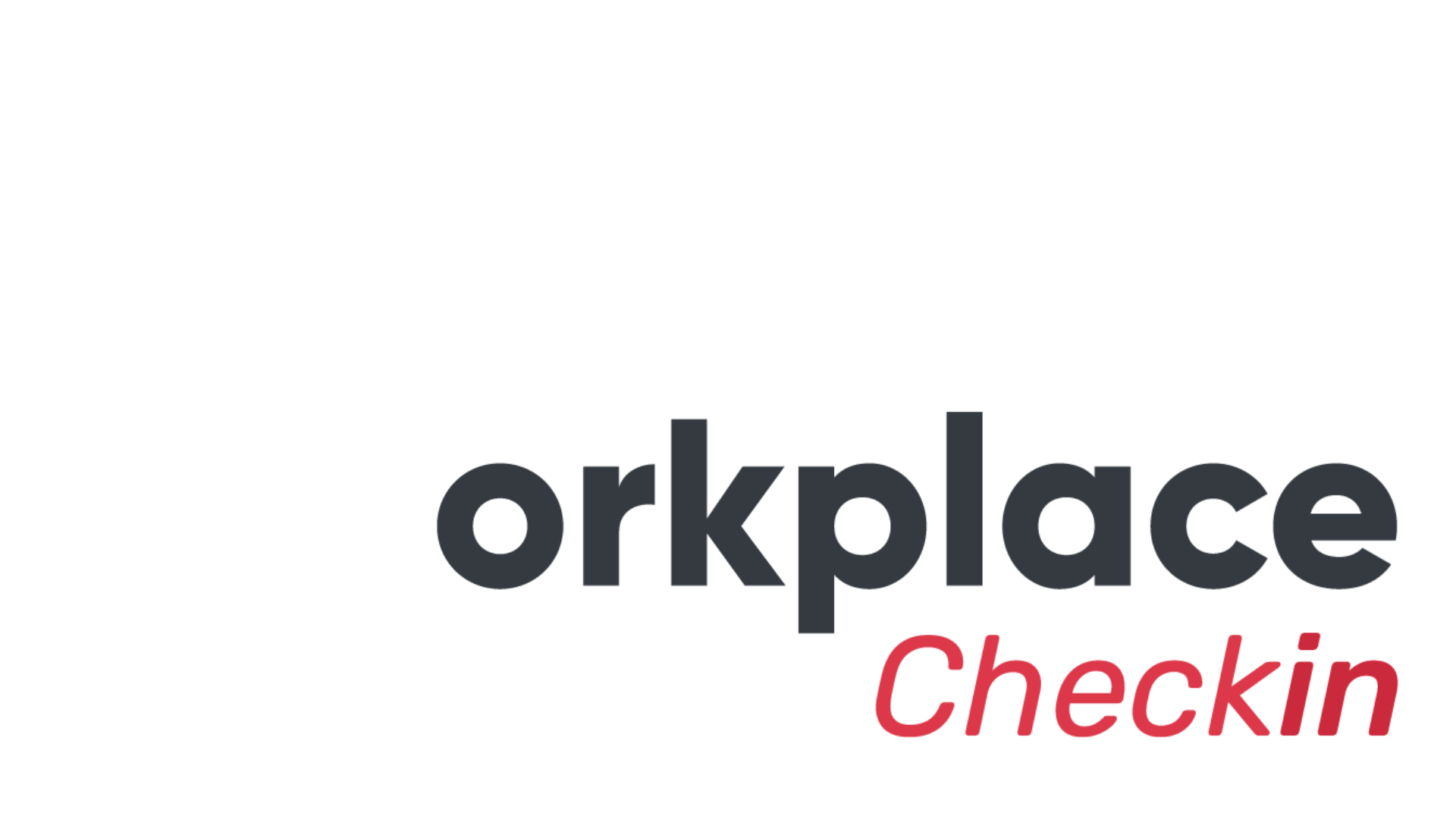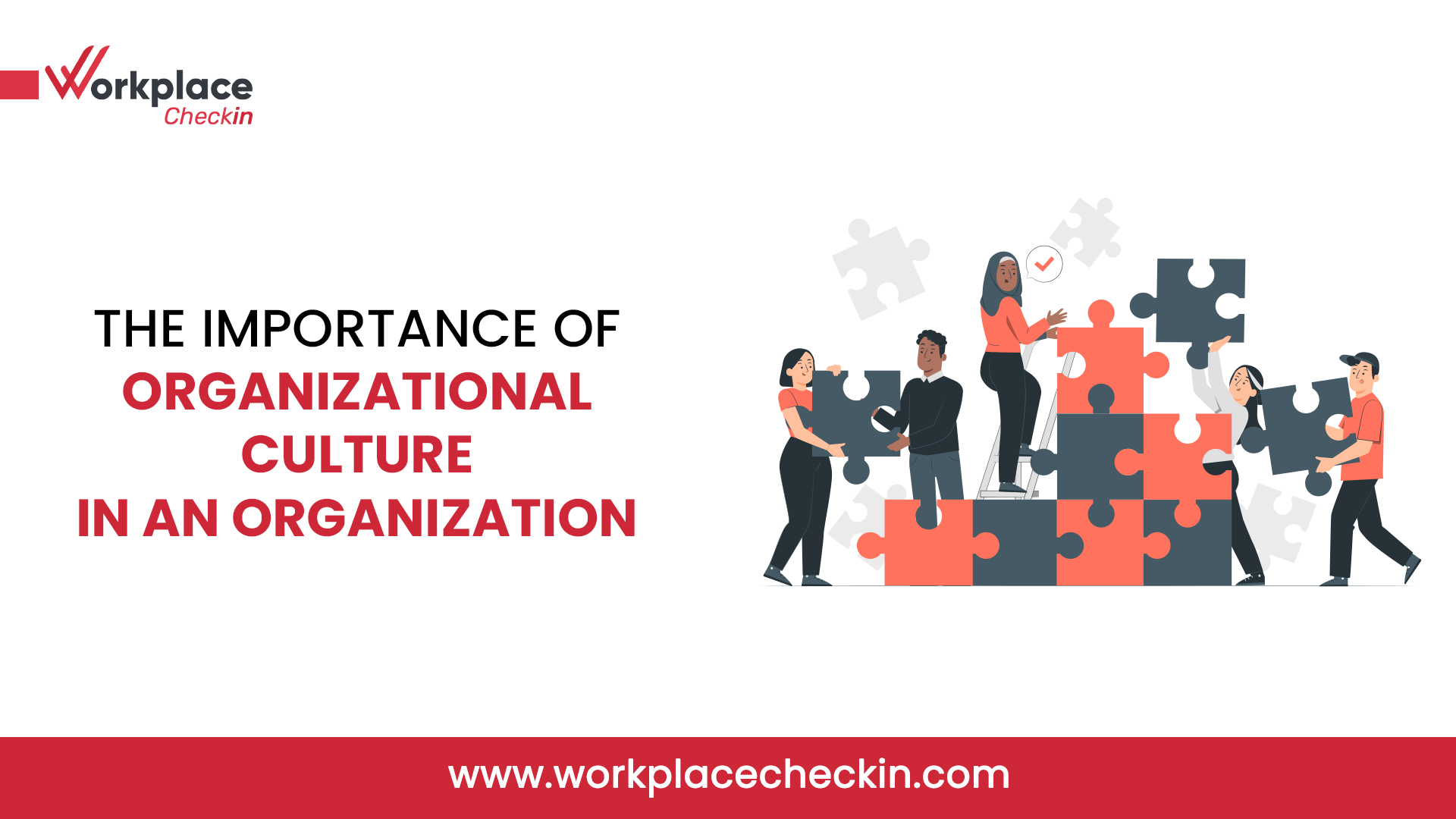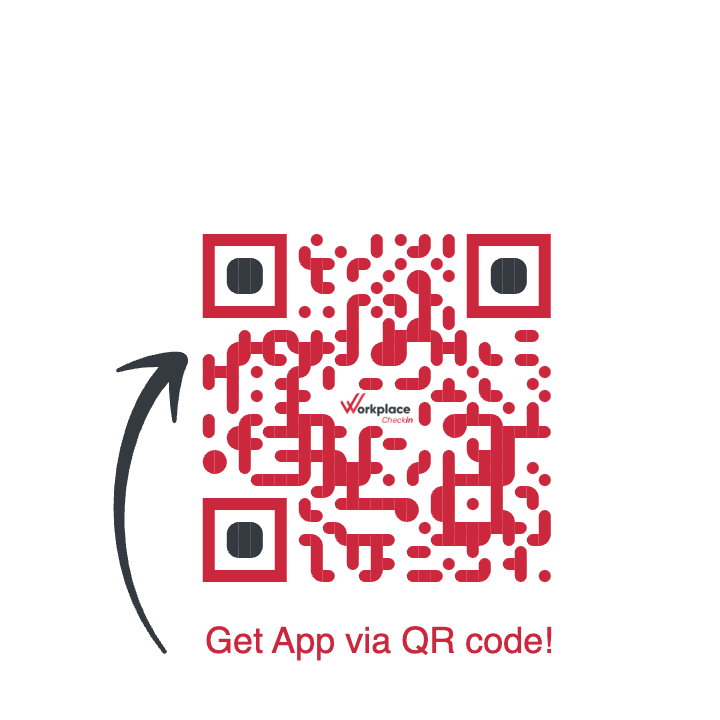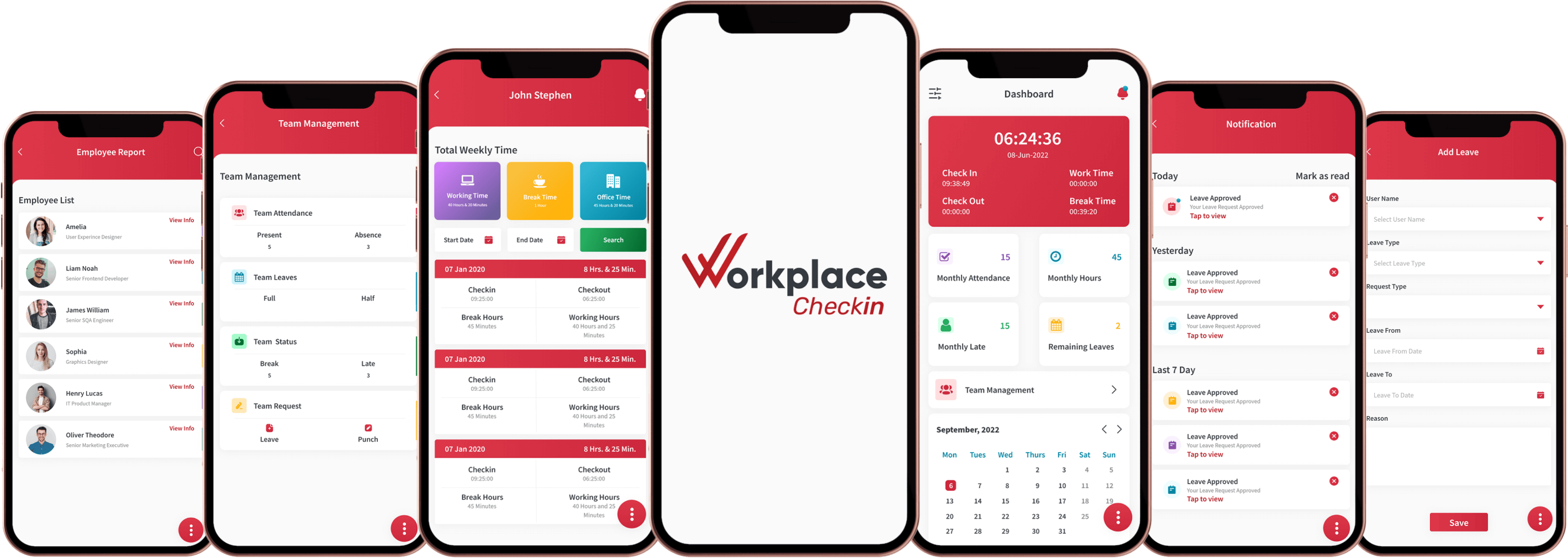

Building a Fair &Transparent Performance Evaluation Process
Performance evaluations are a critical aspect of organizational growth, employee development, and maintaining a motivated workforce. However, the effectiveness of these evaluations depends significantly on their fairness and transparency. A well-structured performance evaluation process can lead to increased employee satisfaction, reduced turnover, and enhanced overall performance. Here’s a comprehensive guide to building a fair and transparent performance evaluation process.

1. Establish Clear Objectives
Establishing clear objectives is the cornerstone of a successful performance evaluation process. Objectives provide direction and purpose, ensuring that both employees and managers understand what the evaluation aims to achieve. Here’s a deeper dive into this crucial step:
Defining the Purpose
Understanding why performance evaluations are conducted is the first step. Common purposes include:
Improving Performance: Identifying areas where employees excel and areas that need improvement helps in crafting development plans.
Aligning Goals: Ensuring that individual performance aligns with organizational goals fosters a sense of purpose and direction.
Identifying Training Needs: Highlighting skills gaps allows for targeted training and development programs.
Career Development: Guiding employees in their career paths by setting short-term and long-term goals.
Rewarding Excellence: Recognizing and rewarding outstanding performance boosts morale and motivation.
Ensuring Accountability: Holding employees accountable for their performance and behavior promotes a culture of responsibility.
Communicating Objectives
Clearly communicating the objectives to all stakeholders is vital. This involves:
Managers and Supervisors: Ensuring they understand the goals and how to evaluate performance against these goals.
Employees: Helping them see how their work contributes to the organization's objectives and their personal growth.
Setting Measurable Goals
Goals should be SMART (Specific, Measurable, Achievable, Relevant, Time-bound):
Specific:
Clearly define what is expected in terms of job performance and outcomes.
Example: Instead of saying "Improve customer service," specify "Reduce customer complaints by 20% over the next six months."
Measurable:
Use metrics to assess performance.
Example: Sales targets, project completion rates, customer satisfaction scores.
Achievable:
Ensure goals are realistic and attainable given the resources and time available.
Example: Setting a 10% increase in sales might be achievable, while a 50% increase may not be.
Relevant:
Align goals with the employee's role and the organization's strategic objectives.
Example: For a marketing manager, a relevant goal might be to increase social media engagement by 15%.
Time-bound:
Set deadlines for achieving these goals.
Example: Completing a training program within three months.

2. Develop Standardized Evaluation Criteria
Standardized evaluation criteria are essential to ensure fairness and consistency across the organization. These criteria should be clearly defined, relevant to the job roles, and used uniformly. Here’s an in-depth look at this aspect:
Creating Clear and Relevant Criteria
Evaluation criteria should be tailored to the specific roles and responsibilities within the organization. This involves:
Job Descriptions: Use detailed job descriptions as a foundation for developing criteria.
Competency Models: Define the skills, knowledge, and behaviors required for each role.
Example: For a customer service representative, criteria might include communication skills, problem-solving abilities, and customer satisfaction scores.
Involving Stakeholders
Involve various stakeholders in developing the criteria to ensure they are comprehensive and fair:
Managers and Supervisors: They can provide insights into what constitutes high performance in specific roles.
Employees: Including employees in the discussion helps in gaining their buy-in and ensures the criteria are realistic.
HR Professionals: They can ensure the criteria are aligned with the organization’s overall goals and policies.
Ensuring Objectivity
To maintain objectivity, criteria should be:
Quantifiable: Use measurable indicators wherever possible.
Example: Sales numbers, project completion rates, error rates.
Behavioral: Focus on observable behaviors rather than subjective judgments.
Example: Instead of “has a good attitude,” use “consistently meets deadlines” or “effectively collaborates with team members.”
Standardizing Across the Organization
Standardization ensures that all employees are evaluated on the same basis, promoting fairness:
Uniform Criteria: Apply the same criteria for similar roles across different departments.
Consistent Application: Train evaluators to use the criteria consistently to avoid discrepancies.
Regular Review: Periodically review and update the criteria to reflect changes in job roles and organizational priorities.
Examples of Standardized Criteria
Here are examples of criteria that can be standardized across various roles:
Quality of Work: Accuracy, attention to detail, and adherence to standards.
Productivity: Efficiency, output levels, and ability to meet deadlines.
Communication Skills: Clarity, conciseness, and effectiveness in both written and verbal communication.
Teamwork: Ability to collaborate, support colleagues, and contribute to team goals.
Problem-Solving: Identifying issues, developing solutions, and implementing them effectively.
Customer Service: Responsiveness, empathy, and customer satisfaction ratings.

3. Implement a 360-Degree Feedback System
A 360-degree feedback system involves collecting feedback from various sources, providing a comprehensive view of an employee’s performance. This method includes input from supervisors, peers, subordinates, and sometimes even customers, which can help reduce biases and offer a more balanced assessment.
Benefits of 360-Degree Feedback
Holistic View: Captures different perspectives, offering a fuller picture of the employee’s performance.
Enhanced Self-Awareness: Helps employees understand how their behavior and performance are perceived by others.
Improved Development Plans: Identifies strengths and areas for improvement from multiple angles, aiding in more effective personal development plans.
Increased Accountability: Encourages employees to be accountable to more than just their direct manager, fostering a sense of responsibility and teamwork.
Implementing 360-Degree Feedback
Identify Key Participants: Choose a diverse group of individuals who interact regularly with the employee, including managers, peers, subordinates, and possibly customers or clients.
Develop Clear Guidelines: Provide clear instructions on how to give constructive feedback. Ensure participants understand the criteria and the importance of honest, respectful, and specific feedback.
Use Anonymous Surveys: Anonymity encourages honesty and reduces the fear of retaliation. Use online tools or forms to collect feedback anonymously.
Combine Quantitative and Qualitative Data: Use a mix of rating scales and open-ended questions to gather both measurable data and detailed insights.
Provide Training: Train all participants, including those giving and receiving feedback, on the 360-degree process and the importance of constructive criticism.
Conduct Feedback Sessions: After collecting feedback, hold one-on-one sessions with employees to discuss the results. Focus on creating actionable development plans based on the feedback received.

4. Train Evaluators
Effective performance evaluations rely on the skills and objectivity of the evaluators. Proper training ensures that evaluators understand how to use the evaluation tools and criteria correctly and fairly.
Key Aspects of Evaluator Training
Understanding Evaluation Tools: Ensure evaluators are familiar with the tools and systems used for performance evaluations, such as rating scales, feedback forms, and software platforms.
Bias Awareness: Train evaluators to recognize and mitigate unconscious biases, such as favoritism, recency effect, and halo effect. Bias training helps in making more objective assessments.
Providing Constructive Feedback: Teach evaluators how to deliver feedback that is specific, actionable, and balanced. Emphasize the importance of focusing on behavior and results rather than personal attributes.
Setting Goals: Guide evaluators on how to set SMART goals (Specific, Measurable, Achievable, Relevant, Time-bound) for their team members.
Legal and Ethical Considerations: Ensure evaluators understand the legal and ethical implications of performance evaluations, including privacy concerns, documentation, and non-discriminatory practices.
Consistent Application: Encourage consistency in applying evaluation criteria across all employees to maintain fairness. Regular calibration meetings can help ensure consistency.

5. Encourage Self-Evaluations
Self-evaluations allow employees to reflect on their performance, recognize their achievements, and identify areas for improvement. This process fosters a sense of ownership and engagement in the evaluation process.
Benefits of Self-Evaluations
Increased Self-Awareness: Encourages employees to critically assess their own performance and development needs.
Employee Engagement: Involves employees in the evaluation process, making them active participants rather than passive recipients.
Alignment of Expectations: Helps align employees’ self-assessment with the manager’s evaluation, promoting open dialogue and understanding.
Identifying Training Needs: Employees can highlight areas where they feel they need additional support or training.
Implementing Self-Evaluations
Clear Guidelines: Provide employees with a structured format for self-evaluations, including specific questions and criteria to consider.
Focus Areas: Encourage employees to reflect on key performance areas such as goal achievement, skills development, teamwork, and areas for improvement.
Goal Setting: Ask employees to set personal and professional goals based on their self-assessment, promoting a forward-looking approach to development.
Regular Reviews: Integrate self-evaluations into the regular performance review cycle, such as quarterly or annually.
Open Discussions: Use self-evaluations as a basis for one-on-one discussions between employees and managers. This encourages honest dialogue and mutual understanding.
Feedback Integration: Combine self-evaluation insights with feedback from 360-degree assessments and manager evaluations to create a comprehensive performance review.

6. Ensure Transparency
Transparency in the performance evaluation process builds trust, credibility, and a culture of openness within the organization. When employees understand how their performance is being assessed and have access to their evaluation results, they are more likely to feel valued and motivated to improve.
Steps to Ensure Transparency
Open Communication:
Clear Process: Clearly outline the entire evaluation process, including timelines, criteria, and the purpose of evaluations.
Regular Updates: Keep employees informed about any changes to the evaluation process or criteria.
Access to Information:
Evaluation Criteria: Make the evaluation criteria and metrics available to all employees. This helps them understand what is expected and how they will be assessed.
Evaluation Results: Allow employees to access their own evaluation results. This transparency helps them see where they stand and what areas need improvement.
Feedback Sessions:
One-on-One Meetings: Conduct regular feedback sessions where managers discuss the evaluation results with employees. These meetings should focus on strengths, areas for improvement, and action plans.
Two-Way Dialogue: Encourage employees to ask questions, seek clarification, and provide their own input during feedback sessions.
Documentation:
Detailed Records: Maintain detailed records of evaluations, including the criteria used, feedback provided, and any agreed-upon action plans. This documentation can be useful for tracking progress and addressing any disputes.
Consistency: Ensure that documentation is consistent across the organization to prevent any discrepancies or misunderstandings.

7. Regularly Review and Update the Process
Performance evaluation processes should not be static; they need to evolve with the organization’s goals, industry standards, and employee needs. Regular reviews and updates ensure that the process remains relevant, fair, and effective.
Steps to Regularly Review and Update the Process
Solicit Feedback:
From Employees: Regularly gather feedback from employees about the evaluation process. This can be done through surveys, focus groups, or one-on-one discussions.
From Managers: Seek input from managers and supervisors who conduct evaluations. They can provide valuable insights into what is working well and what needs improvement.
Analyze Data:
Performance Metrics: Analyze performance data to identify trends, gaps, and areas for improvement in the evaluation process.
Outcome Tracking: Track the outcomes of evaluations, such as employee development, performance improvements, and turnover rates, to assess the effectiveness of the process.
Benchmarking:
Industry Standards: Compare your evaluation process with industry standards and best practices to identify areas for enhancement.
Peer Organizations: Benchmark against similar organizations to see how they conduct performance evaluations and what innovations they have implemented.
Implement Changes:
Update Criteria: Revise evaluation criteria and metrics to reflect changes in job roles, organizational goals, or industry trends.
Enhance Tools: Upgrade evaluation tools and systems to improve efficiency and accuracy.
Training and Communication: Ensure that any changes to the process are communicated clearly to all stakeholders, and provide training if necessary.

8. Address Bias and Discrimination
Ensuring fairness in performance evaluations requires actively addressing and mitigating biases and discrimination. This involves creating awareness, implementing safeguards, and fostering an inclusive culture.
Steps to Address Bias and Discrimination
Bias Training:
Unconscious Bias Training: Educate evaluators about unconscious biases and how they can influence evaluations. This training should include recognizing common biases such as halo effect, recency effect, and favoritism.
Cultural Competency: Train evaluators on cultural competency to understand and respect diverse backgrounds and perspectives.
Diverse Evaluation Panels:
Mixed Groups: Form evaluation panels with diverse members to provide balanced perspectives and reduce the impact of individual biases.
Rotating Evaluators: Rotate evaluators periodically to prevent any one evaluator’s biases from consistently affecting an employee’s evaluations.
Anonymous Feedback:
Anonymous Surveys: Use anonymous feedback mechanisms to encourage honest and unbiased input from peers, subordinates, and other stakeholders.
Blind Reviews: In some cases, consider blind reviews where the evaluator does not know the identity of the employee being evaluated.
Standardized Criteria:
Clear and Objective: Develop and use standardized, objective criteria for evaluations to ensure that all employees are assessed on the same basis.
Consistent Application: Ensure that the criteria are applied consistently across the organization to prevent any discriminatory practices.
Monitor and Audit:
Regular Audits: Conduct regular audits of the evaluation process to identify and address any patterns of bias or discrimination.
Feedback Loop: Establish a feedback loop where employees can report concerns about bias or discrimination without fear of retaliation.
Promote Inclusivity:
Inclusive Policies: Develop and enforce policies that promote diversity and inclusion within the organization.
Support Systems: Provide support systems such as mentorship programs, diversity committees, and employee resource groups to foster an inclusive environment.

9. Link Evaluations to Career Development
Linking performance evaluations to career development is essential for fostering employee growth, satisfaction, and retention. When employees see a clear connection between their evaluations and their professional development, they are more motivated to improve and achieve their career goals. Here’s a brief elaboration on this point:
Career Development Integration
Personalized Development Plans:
Use performance evaluations to create individualized development plans for employees. These plans should outline specific skills and competencies to be developed, training opportunities, and career advancement pathways.
Example: If an employee excels in project management but needs improvement in technical skills, the development plan could include relevant training courses and mentorship opportunities.
Goal Setting:
Set short-term and long-term career goals during the evaluation process. This helps employees focus on their career trajectory and understand the steps needed to achieve their aspirations.
Example: An employee aiming for a leadership role might set goals for completing leadership training programs and taking on more responsibility in current projects.
Training and Development Opportunities:
Identify training and development opportunities based on evaluation outcomes. Provide access to workshops, courses, seminars, and certifications that align with the employee’s career goals.
Example: Offer a marketing specialist advanced courses in digital marketing strategies to help them progress to a senior marketing role.
Mentorship and Coaching:
Pair employees with mentors or coaches who can provide guidance, support, and insights into career development. Mentorship programs can help employees navigate their career paths and overcome challenges.
Example: A junior software developer could be paired with a senior developer to gain insights into advanced coding techniques and career advancement.
Regular Progress Reviews:
Conduct regular progress reviews to track the employee’s development against their career goals. These reviews should be separate from the formal annual performance evaluations and focus on growth and development.
Example: Quarterly check-ins to discuss progress, address any challenges, and adjust development plans as needed.
Recognition and Rewards:
Recognize and reward employees for achieving their development goals. This could include promotions, salary increases, or other incentives that reinforce the value of continuous improvement.
Example: Promoting an employee who has successfully completed their development plan and demonstrated readiness for the next level.
Aligning Organizational and Employee Goals
Strategic Alignment:
Ensure that career development plans align with the organization’s strategic goals. This helps in building a workforce that is prepared to meet future challenges and opportunities.
Example: If the organization is focusing on digital transformation, prioritize development plans that enhance digital skills across the workforce.
Talent Pipeline:
Use performance evaluations to identify high-potential employees and prepare them for future leadership roles. This helps in building a strong talent pipeline for critical positions.
Example: Identifying high performers in mid-level roles and providing them with leadership training to prepare them for senior management positions.
Conclusion
Building a fair and transparent performance evaluation process is essential for fostering a positive work environment and achieving organizational success. By establishing clear objectives, standardizing criteria, implementing a 360-degree feedback system, training evaluators, encouraging self-evaluations, ensuring transparency, regularly reviewing the process, addressing bias, and linking evaluations to career development, organizations can create a robust evaluation process that benefits both employees and the organization as a whole.
Investing in a fair and transparent performance evaluation process is an investment in your people, and ultimately, your organization's success.






